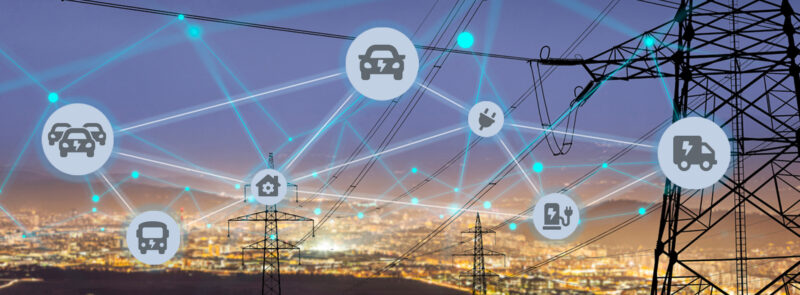EV Charger Accessories Upgrade - The Ultimate Choice
OEM-Certified Charging Guns & Smart Sockets | Premium Quality, Reliable Performance to Extend Lifespan
Electric vehicle charging accessories
Charging Gun (Gun Head + 4.5m Cable)
- Power Output: Up to 22W
- Various connectors can be used
- Shapes and colors can be customized as required


European standard single-phase socket
- The design style is simple and compact.
- It can adapt to various installation environments.
- It has good electrical conductivity and insulation properties
- It enables safe and reliable power transmission
European Standard Three-Phase Socket
- Multiple connector types
- Compatible with various car brands
- Simple to install
- Easy to operate


Universal Column
- Easy to install
- Highly ergonomic
- Aesthetically pleasing and durable
- Cost - effective
Adapter
- Convenient to carry
- Easy to install
- Offer a variety of connector types
- Compatible with most electric vehicles

EV Charging Resources

What are the differences among the EV charging markets in the world’s top five regions?
The global EV charging market is marked by regional divergence. China dominates with policy-driven scale and proprietary GB/T standards, while Europe unifies under CCS2 with diverse players like Ionity and Enel X. North America’s growth is stoked by a CCS1 vs. NACS standards battle and lagging infrastructure. Emerging markets in Asia-Pacific and Latin America face infrastructure gaps but hold long-term potential. Key trends—ultra-fast charging, V2G integration, and renewable energy synergies—demand adaptive strategies. Success hinges on navigating local policies, technical compatibility, and partnerships, as standardization efforts clash with region-specific realities. Manufacturers must balance innovation with localization to thrive in this fragmented yet dynamic landscape.

How to choose between EV and ICE?
Choosing between EVs and ICE vehicles hinges on operational needs, budgets, and sustainability goals. While EVs offer long-term savings, reduced emissions (zero tailpipe pollution), and lower fuel/maintenance costs, ICE vehicles provide faster refueling and heavy-duty capabilities. Enterprise fleets must assess routes (mileage, downtime), vehicle types (light vs. heavy-duty), financial incentives, and charging infrastructure (Level 2, DC fast charging). Total Cost of Ownership (TCO) analysis shows EVs’ long-term affordability despite higher upfront costs. Emerging trends like solid-state batteries, V2G tech, and autonomous driving signal EV dominance. Planning charging infrastructure and leveraging grants ensure a smooth transition.

Level 3 Charging: A Revolutionary Breakthrough in Electric Vehicle Charging Networks
Level 3 (DC fast charging) slashes EV charging to minutes, ideal for fleets, highways, and urban hubs. Offers 50-350kW+ power but demands grid upgrades, high costs, and compatible EVs. Future trends: Megawatt systems, wireless charging, solid-state batteries. Key factors: budget, usage patterns, and infrastructure readiness. Strategic deployment and partnerships critical.

How Can V2G Technology Turn Your Electric Vehicle into a “Mobile Money-Making Machine”?
Vehicle-to-Grid (V2G) technology transforms EVs into dynamic energy assets, enabling bidirectional energy flow between vehicles and the grid. It supports grid stability through frequency regulation, peak demand management, and renewable energy integration, while offering financial incentives like cost savings and revenue generation. Businesses gain hidden benefits, such as enhanced CSR, resilience, and new revenue streams via grid services. Globally, pilot projects in Europe, North America, and Asia showcase progress, though challenges like standardization, regulatory clarity, costs, and battery degradation persist. Despite hurdles, the V2G market is poised for growth, driven by rising EV adoption and grid flexibility needs, making it a critical tool for sustainable energy futures.
Charge the Future,
Drive the Change
With advanced fast EV chargers and robust production capabilities, we can greatly empower your business and give you the edge to stand out. Join us to drive your success with EVB charging solutions.
